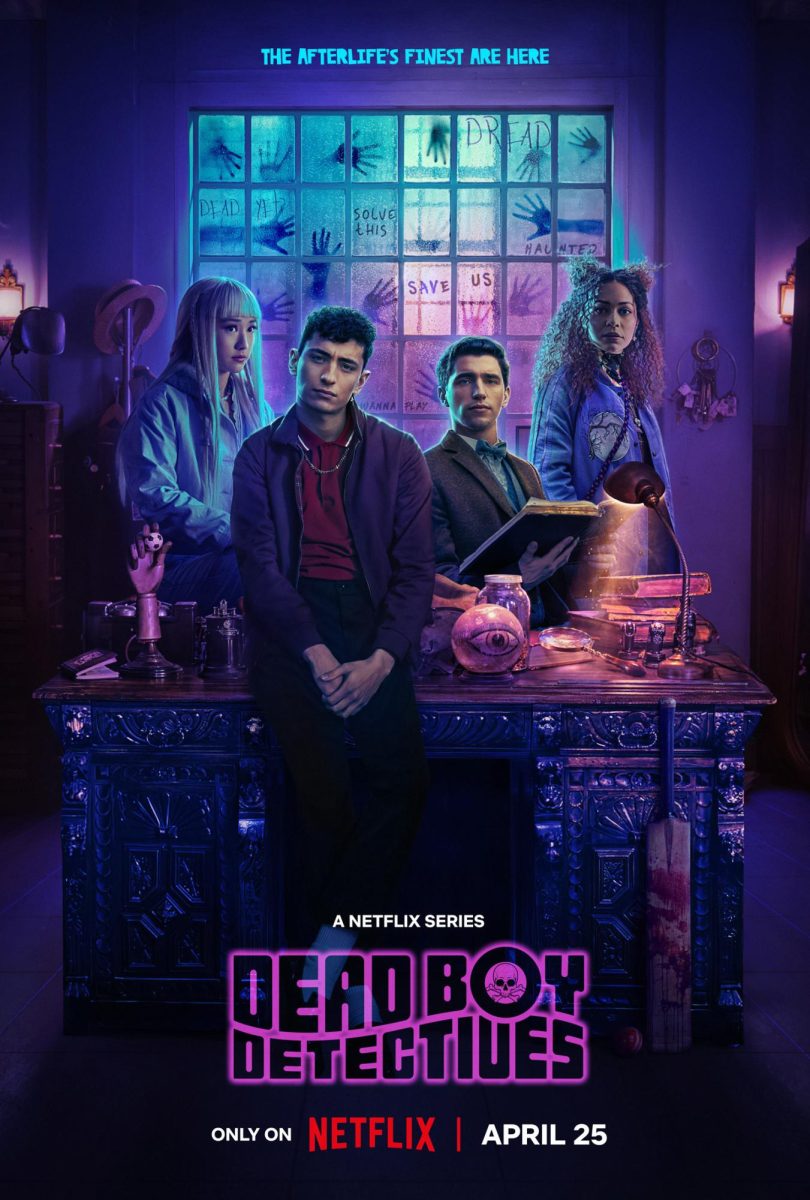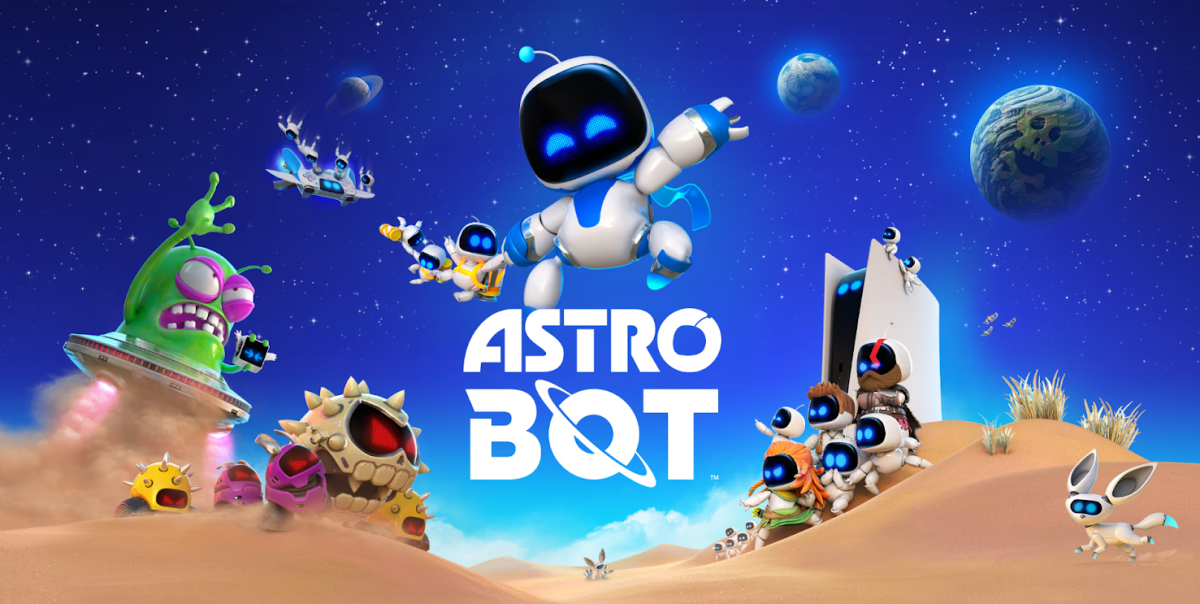By Nicholas Moreau
“Toy Story 3.” “Avatar.” “Alice in Wonderland.” These are just a few of the recently released movies that have been given the controversial 3-D treatment. Hollywood hails 3-D as the next big thing in the movie-watching experience, but 3-D has been tried and has failed many times before. Many people are skeptical about the technology and its practicality.
So what do students here at Fitchburg State have to say about the 3-D movie revolution? Does 3-D actually make movies better, or is it just a gimmick by the big Hollywood studios to try to make more money?
“I enjoy a creative plot or spunky characters or clever dialogue rather than fancy effects that try to make[slideshow] the movie seem big but only make it look flashy,” says sophomore Emily Dewsnap. “The 3-D does little for me because in my mind, I’m already inside the movie when I’m watching it.”
But senior Adam Simeone has a different opinion. “I personally think 3-D makes movies better,” Simeone says. “It’s here to stay and they are so popular because it’s the next step in movies.”
Most of the controversy over 3-D seems to revolve around one question: Does the technology enhance the movie-watching experience by further immersing you in the film, or is it a marketing ploy that ends up detracting from the experience?
According to Dr. Wayne Munson, a professor of film here at Fitchburg State University, 3-D effects can be both a gimmick and a revolution. “They can be an audience attractor/novelty,” he explains. “But, if done well (i.e. the use of 3-D closely integrated into the film’s tone, texture, theme, sensory experience, etc.) it could have real value.”
“A lot of people say that 3-D is a gimmick, but you have to remember that ‘widescreen’ is a gimmick too,” says Charles Roberts, also a film professor at Fitchburg State. He explains that widescreen was initially developed as a way to lure people away from their TVs and back into theaters. “Oftentimes things we think of as gimmicks become the basics of aesthetic,” he says.
But don’t take that to mean that Roberts is fully behind the 3-D revolution. “We can halfway do it very well,” he explains. “The problems are technical. 3-D movies only offer a precisely defined angle of viewing, and its effectiveness depends on where you sit in the theater.”
After seeing “Avatar,” the 2009 James Cameron blockbuster that became the highest-grossing movie of all time, Roberts was left with a question. “Why was 97 percent of it in 3-D?” Roberts asks. “There were only two or three scenes that used 3-D in any significant cinemographic way.”
But as to whether this 3-D trend will last or fade into obscurity as it has done many times before, the professors have a somewhat mixed opinion.
“I think now it will last, though the surge may de-intensify,” says Munson. “It’s already lasted about as long as the ’50s 3-D cycle, which barely lasted three years.”
Roberts believes it can go either way. “The resources are now available to a lot of people and filmmaking can either take advantage of it or ignore it,” he says.
There is also controversy stemming from the fact that 3-D movies can be costlier to viewers. While the average price of admission to see a regular 2-D movie is about $7 or $8, many theaters have charged up to $15 for a 3-D movie, according to wired.com.
There certainly may be a lot of controversy over the true cinematic usefulness of the technology, but the box-office numbers point to one thing: 3-D movies are a huge success. Three movies from the recent 3-D explosion, 2009’s “Avatar,” 2010’s “Toy Story 3,” and 2010’s “Alice In Wonderland” have been ranked at No. 1, No. 5, and No. 6, respectively, on the chart of worldwide highest-grossing movie releases of all time. There have also been 16 3-D movies released just in the past three years that have grossed over $100 million, according to boxofficemojo.com.
Hollywood clearly sees 3-D’s enormous marketing potential, and has no plans to slow down releases of 3-D movies in the foreseeable future. The major studios plan to put out 10 new 3-D movies by the end of this year, including “Tangled,” Disney’s new CGI take on the classic “Rapunzel” story, as well as the seventh movie in the popular “Saw” franchise, according to boxofficemojo.com.
So for the time being, 3-D movies are here and they’re popular. Only time will tell whether the technology will become the new industry standard or just another passing fad working its way through the entertainment industry.
Categories:
3D movies: big gimmick or next big thing?
October 18, 2010
0





